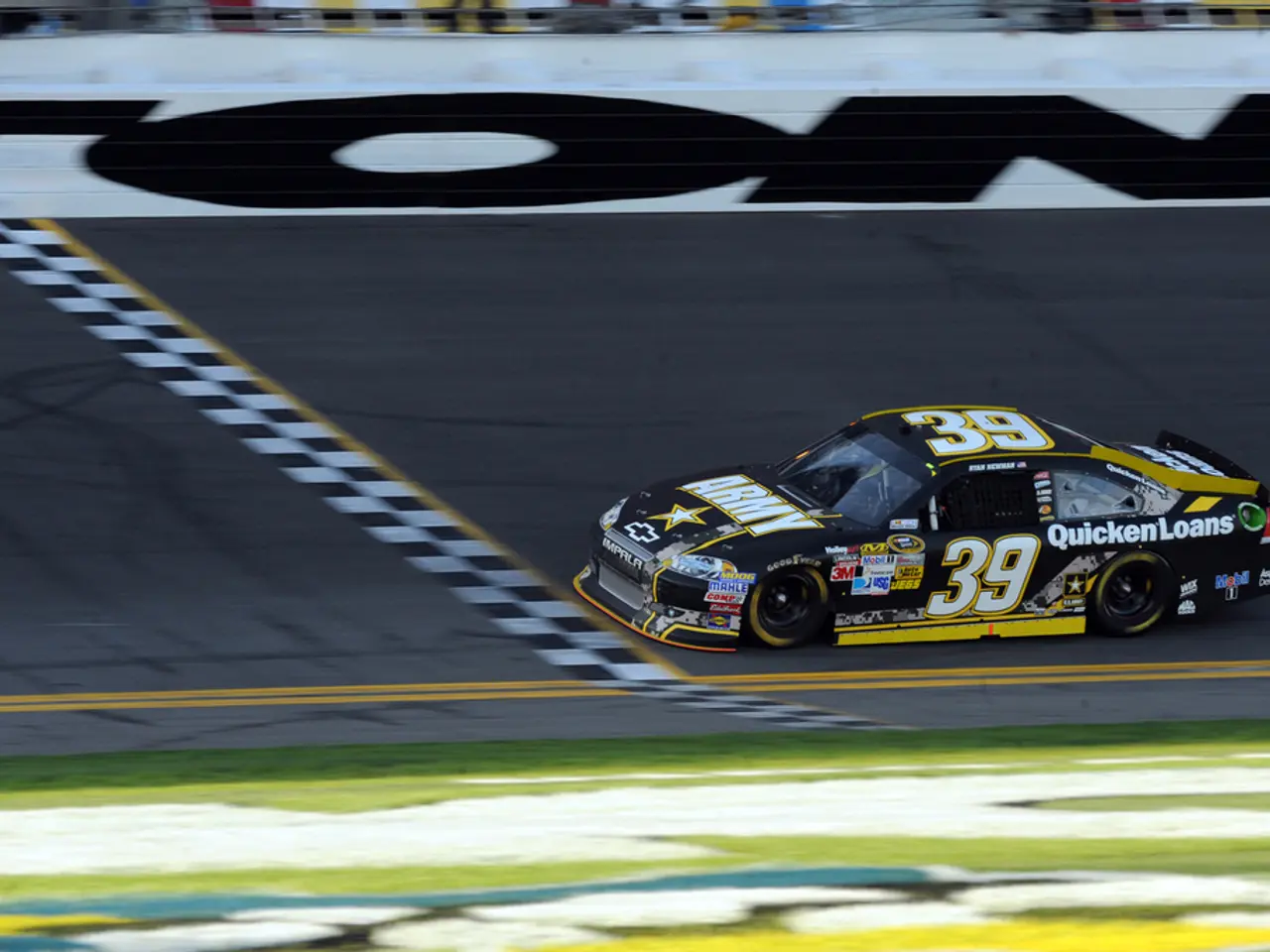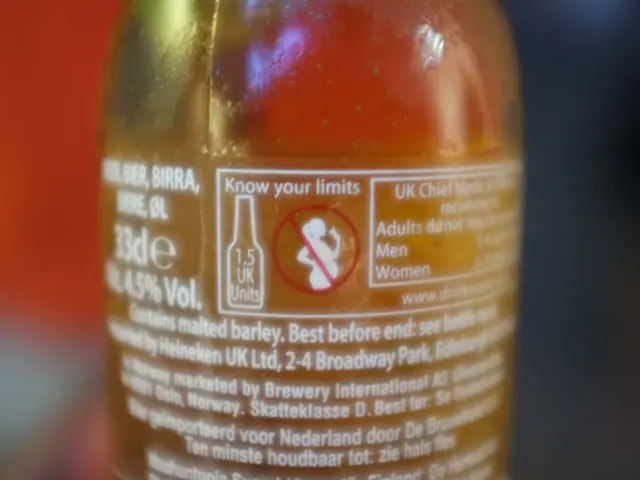Rivalry between Sainz and Lawson ignites debate on racing regulations in the realm of Formula 1
In the world of Formula 1, the Dutch Grand Prix saw a collision between Liam Lawson and Carlos Sainz, igniting a heated debate about the sport's racing rules.
Lawson, a young and ambitious driver, has expressed his support for the rules that encourage close racing for spectator excitement. However, he acknowledges that they are not perfect. The rules, he believes, should not necessitate him to give space if the guidelines do not mandate it.
This stance was put to the test during the race in Miami, where Lawson attempted to pass Fernando Alonso, resulting in a 5-second penalty for the New Zealander. The incident has not deterred Lawson from strictly adhering to the rules, as he has learned from past incidents.
Sainz, on the other hand, was not pleased with the penalty imposed on him after the collision in the Dutch Grand Prix. He finds the decision "unacceptable" and has called for a revisit of the case. The stewards blamed Sainz for the collision and imposed a 10-second penalty and two penalty points on him.
The controversy surrounding the rules is not limited to this incident. The so-called "Papaya Rules" at Monza, internal team orders within McLaren, have been a subject of debate. These rules require drivers to hand back positions if one loses a place through no fault of their own, as happened when Oscar Piastri returned a position to Lando Norris. Critics argue that such team orders undermine sporting fairness, forcing drivers to lose or gain positions not on pure racing merit but team directives.
Alex Albon, another driver, shares this sentiment, believing that the current rules give too much power to the inside driver. Albon had a similar situation in Spain where he was pushed wide, damaging his front wing, and had to pit, and later received a penalty for cutting a corner to avoid a collision.
Not all drivers share this viewpoint. Pierre Gasly has a more relaxed view on the topic, while Lewis Hamilton expresses a desire for exciting racing without major consequences, acknowledging some situations are gray areas.
The incident has sparked calls for a discussion between the FIA and drivers about the current guidelines. Albon and Lawson, in particular, want a clearer regulation to protect driver independence and race integrity.
Christian Danner, a Formula 1 analyst, has weighed in on Sainz's outburst, suggesting that the Williams driver may have been frustrated by the penalty and the collision's impact on his race.
Despite the criticism, Lawson remains unphased, stating that he doesn't understand why he's being criticized for the collision. He acknowledges the challenge in setting precise guidelines for 20 drivers, but stands firm in his belief that he should not have to give space if the guidelines do not require it.
As the season progresses, it remains to be seen how the FIA will address these concerns and whether the rules will undergo any significant changes. One thing is certain: the debate over racing rules in Formula 1 is far from over.
Read also:
- Nightly sweat episodes linked to GERD: Crucial insights explained
- Fitbit Versa 4 Experiences Continuous Price Drops on Amazon
- Asthma Diagnosis: Exploring FeNO Tests and Related Treatments
- Unfortunate Financial Disarray for a Family from California After an Expensive Emergency Room Visit with Their Burned Infant







